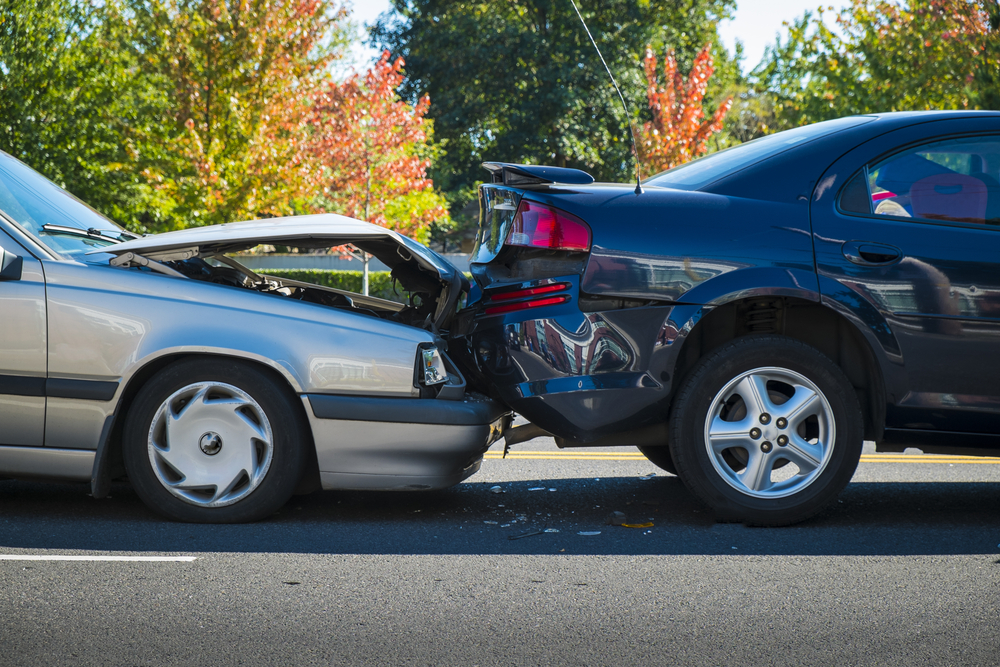
What is Distracted Driving?
We all know about the most common forms of distracted driving, including actions like eating at the wheel or playing on your phone, but did you know there are three distinct types of distracted driving? The three categories distractions typically fall into are manual, visual and cognitive, and some distractions can impair all three. If you’re still asking, “What is distracted driving?” we can clear things up for you. Here are some distracted driving examples:
Manual Distractions
Manual distractions are considered anything that evolves the driver taking one or both hands off the wheel while driving. Manual distracted driving examples may include eating or drinking, assisting a passenger side or backseat rider, smoking, and texting or speaking on the phone. When a driver’s hands are not properly placed on the wheel, it can impair their ability to respond or react in case of an emergency. They may not be able to steer or swerve when necessary, causing an accident. Even something as simple as fixing the radio or air conditioning is considered a manual distraction. It is important to always keep your eyes on the road and to remain focused at all times while driving.
Visual Distractions
 When most people think “What is distracted driving?” they automatically think about visual distractions. A prime visual distracted driving example is texting and driving, but these distractions include anything that takes the driver’s eyes off the road. This can be checking your GPS, reading street signs or fixing your hair or makeup in the mirrors. These distractions are considered extremely dangerous as they prohibit a driver’s ability to focus on their surroundings and respond to actions of other drivers.
When most people think “What is distracted driving?” they automatically think about visual distractions. A prime visual distracted driving example is texting and driving, but these distractions include anything that takes the driver’s eyes off the road. This can be checking your GPS, reading street signs or fixing your hair or makeup in the mirrors. These distractions are considered extremely dangerous as they prohibit a driver’s ability to focus on their surroundings and respond to actions of other drivers.
This is one of the reasons many states are now requiring hands-free devices while driving. Tennessee is a hands-free state and all drivers must have their cell phones away or placed on a hands-free holder in their car. If you are caught using your cell phone in hand while driving, you run the risk of being pulled over and given a fine.
Cognitive Distractions
Cognitive distractions are less heard of but no less dangerous than any other distraction. While these distractions don’t involve visual impairment or the driver removing their hands from the wheel, they can still be detrimental. Cognitive distractions are anything that causes the driver’s mind to drift from focusing on driving. Cognitive distracted driving examples can include drowsiness, talking and daydreaming. The more your mind wanders, the more danger you’re putting yourself in. This is why many people claim that talking on the phone hands-free is still very distracting, as it can take your focus off the road.
Every state has different laws pertaining to distracted driving, and if you live in Tennessee, you need to know your state’s driving laws. Learn more about Tennessee distracted driving facts and know how to help prevent further accidents within the state.
If you’re still curious about what is distracted driving or if you feel you may be the victim of an accident caused by distracted driving, give our lawyers a call and let us talk about your case today!




